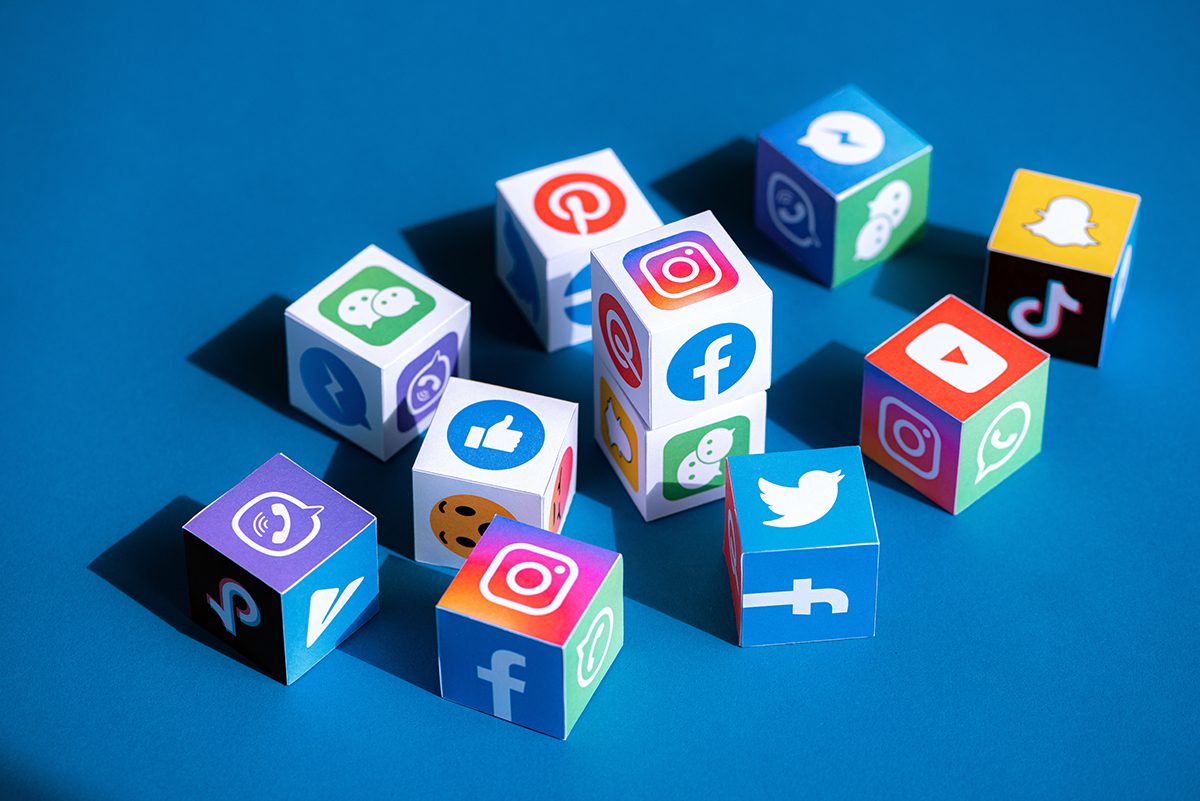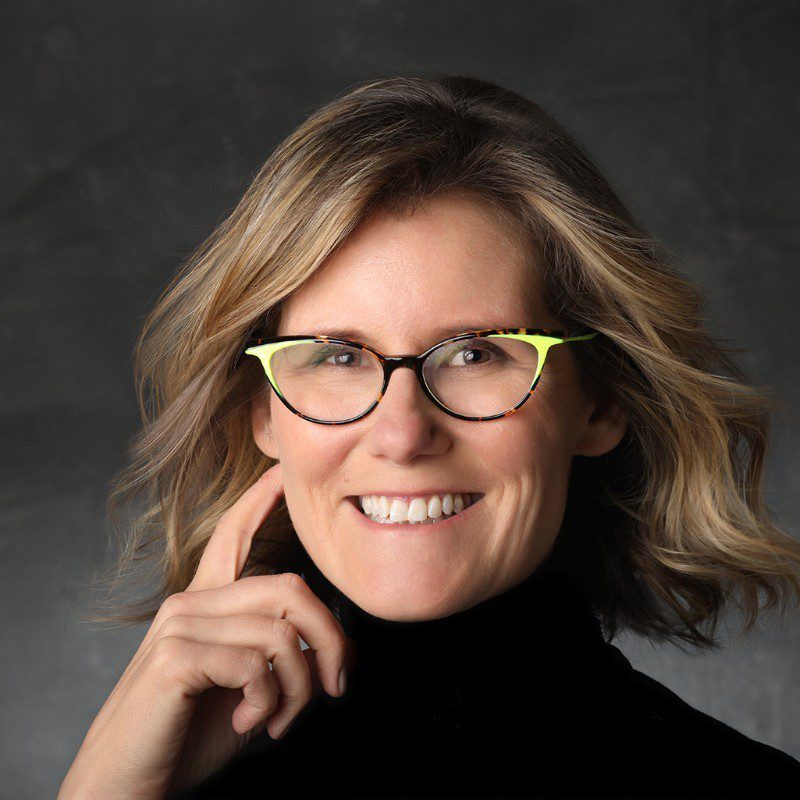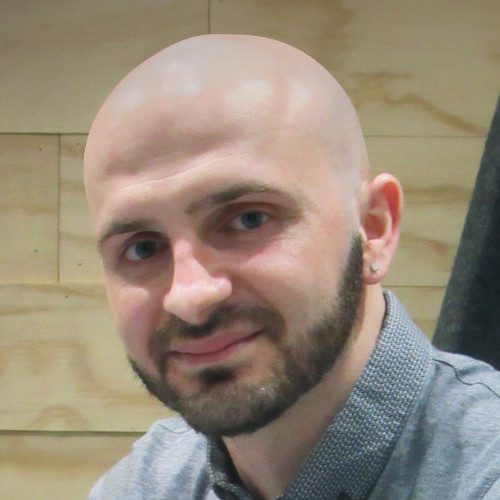Feature
The Emergence of Peer to Peer Social for HCP in the CV (and Post CV) Era
From the May 27, 2021 DHC Group Webinar

Overview
The Emergence of Peer to Peer Social for HCP in the CV (and Post CV) Era
HCP marketers are investing in digital more than ever, and that trend is expected to only accelerate. These marketers are charged with finding niche HCP audiences and engaging with them in new ways to either supplement or replace the in person sales force channel. Our expert panel discussed how the COVID era created both temporary and permanent shifts in HCP social media innovations.
A summary of the discussion is captured here, and the webinar recording is now available on demand.
Panelists

Lisa Bookwalter
Director, Client Services
Twitter
(moderator)

Ozgun Demir
Executive Director & Head, Digital Strategy
Novartis Oncology

Michael Levin
Associate Director, Digital and Media
AstraZeneca

Patty Ryan
VP, Paid Social Media
PHM
Summary
1
What impacts of COVID on the shift to HCP communication via social media is temporary and what will remain permanent?
“NPP as it has been over the last year is here to stay, and has to do more.”
– Michael Levin, AZ
2
What’s been the impact on innovation in channel use?
Social has been greatly activated since March 2020. Panelists report that they have more than doubled their work in social channels since the beginning of COVID. HCPs’ behavior as consumers of social media also shifted during COVID. 2/3 of physicians now report using social channels for work-related purposes, and marketers are responding. The shift of the primary HCP communication to channels other than sales reps has also resulted in a more sophisticated and nuanced use of social channels as a way to tell longer-form stories and deliver more complex messages. Panelists predict this is a lasting change.
Pre-pandemic, many pharma cos were still getting used to the idea of using Facebook, Twitter etc to reach HCPs with innovative brands more aggressively piloting programs. Due to COVID, seemingly overnight, all brands had to take a more serious look at social channels as a way to reach HCPs.
3
How has COVID impacted the pace and complexity of content planning?
Marketers have adopted “being nimble and being flexible” as a media strategy. COVID upheaval on media plans was far-reaching, even resulting in some brands temporarily pulling print ads in response to HCP adoption of “touch-free” environments in offices and waiting rooms. The industry saw a significant shift towards a more dynamic environment on all fronts, including geography. Panelists cited examples of doctors in region A having an open office with patients receiving in-person treatment while region B was still in lock-down.
This need to “be nimble and be flexible” sent marketers to channels where they could deliver more tailored and responsive communications. The “annual content calendar” has been permanently changed. Innovative marketers are looking for ways to match retail brands in the way that brand marketing responds to the customer behavior and preferences online. All panelists also cited that for this next level of true omni-channel marketing will require additional sophistication in data analysis applications. This more agile approach will also mean further internal process improvements for both brand teams and cross-team interactions with MLR, agency partners and others.
4
COVID has led to the emergence of physician influencers on social media. Should pharma be engaging?
While there is a growing number of nurses and doctors now using social platforms to disseminate their own health-related messages, pharma has yet to significantly engage with these self-made KOLs. Marketers and their agency partners are still evaluating the best way to leverage this growing opportunity and more clearly identify the use case and predicted brand value. For marketers interested in being the first to try it, Patty Ryan advises “you should be really careful to partner in a way that is authentic and not overtly salesy”. Given that it’s predicted that 75% of HCPs will be digital natives by 2026, this is a trend that marketers will need to keep watching.
5
What are the areas to watch in HCP marketing for the next 12 – 18 months?
Telehealth
Data Analytics
“Data is the most important thing. We need to show performance.” – Oz Demir
